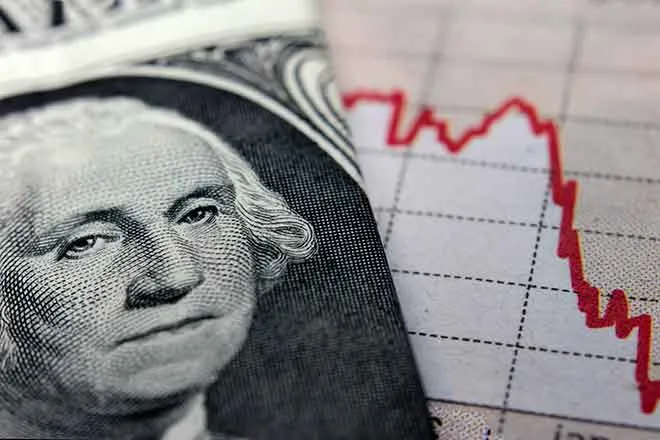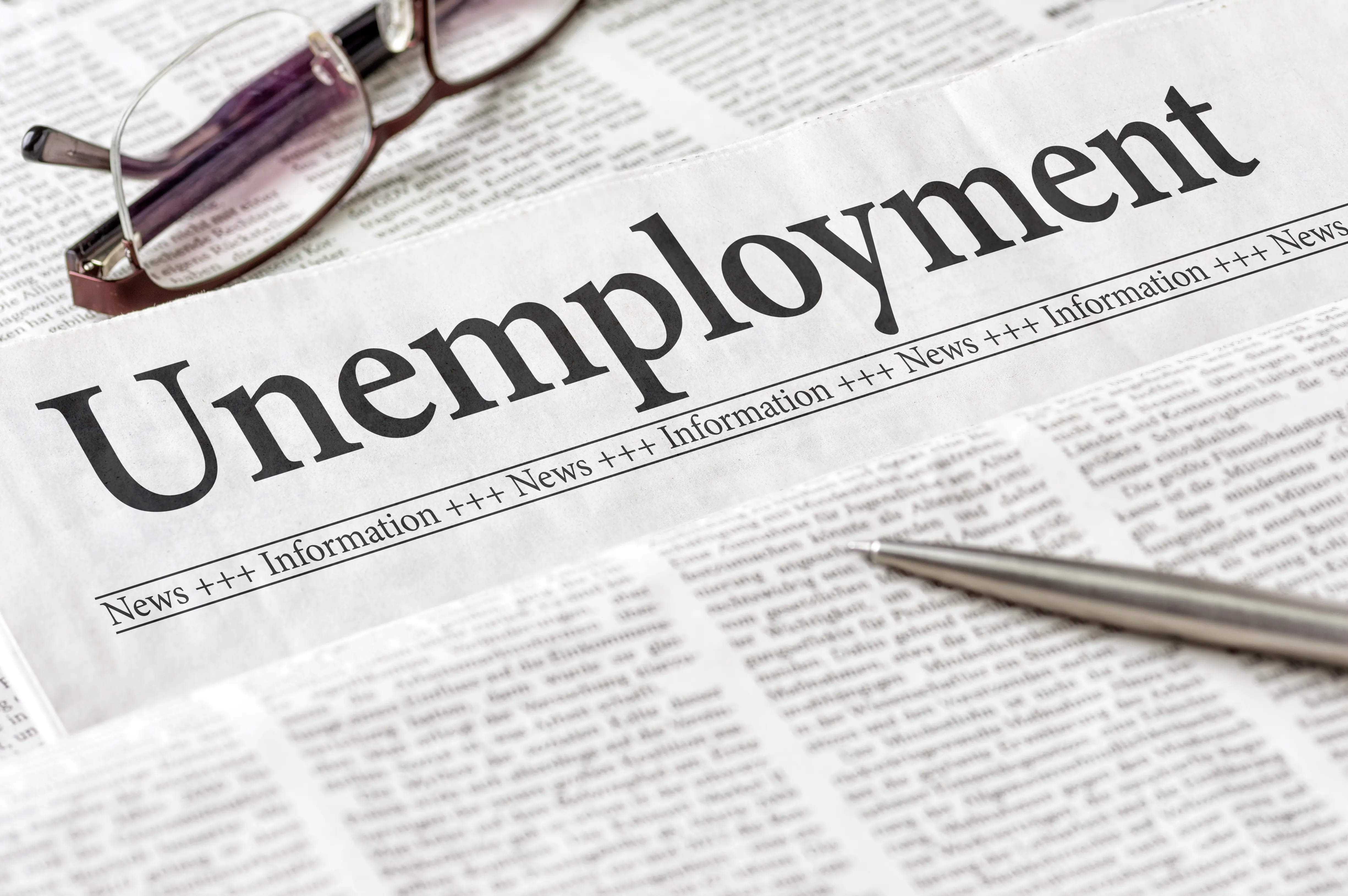
Two massive market firsts within 24 hours: S&P 500, Dow Jones record historic highs
By Bethany Blankley | The Center Square
Stocks remained bullish Friday, a day after a record-setting 24-hour period when the S&P 500 surpassed 3,000 for the first time since its founding in 1896 and the Dow Jones Industrial Average topped 27,000 for the first time since its founding in 1885.
The record highs followed a robust June jobs report and indications by the Federal Reserve that interest rates may be cut this month for the first time in a decade.
In June, employers added 224,000 jobs, far more than what economists predicted of 160,000-170,000.
Over the past 12 months, wages were up 3.1 percent, slightly less than market estimates of 3.2 percent.
“We’re learning that interest rates – that the neutral interest rate – is lower than we had thought," Federal Reserve Chairman Jerome Powell said during his twice-yearly testimony before Congress this week. "I think we’re learning that the natural rate of unemployment is lower than we thought. So monetary policy hasn’t been as accommodative as we had thought.”
Opinions vary over how much the central bank will slash rates – by a quarter or a half percent. Analysts say Powell’s comments indicate at least one rate cut would be issued this month.
The Dow rose 227 points, by 0.8 percent, to 27,088 Thursday. By late Friday morning, it was at 27,225. The S&P 500 was at 3,005 Friday morning, less than two days after it first broke the 3,000 threshold Wednesday.
In the first six months of 2019, the Dow rose by 16 percent and the S&P 500 by 20 percent.
“While the milestone doesn’t bare any significance on the market, the new high underscored stocks’ wild ride since last year’s selloff,” the Wall Street Journal reported.
It took 372 trading days for the Dow to surpass a 1,000-point milestone since it first surpassed 26,000 in January.
Dallas-based investor and co-chair of the Republican National Committee, Tommy Hicks, said the Dow’s record high was more than 80 times higher under the Trump administration than other presidents. President Donald Trump’s deregulation and pro-growth agenda “continues to kick our economy into high gear,” he said, adding that the president “is the most pro-business president we’ve ever had.”
Compared to other presidents’ first terms going back to 1977, the Dow was up during each president’s first or only term, excluding Jimmy Carter’s and George W. Bush’s.
The Dow was down 13 points (1.3 percent) during Carter's only term from 1977 to 1981. It was also down 117 points (1.1 percent) during George W. Bush's first term from 2001 to 2005.
By contrast, it was up during the first terms of Ronald Reagan, George W. H. Bush, Bill Clinton and Barack Obama, with the highest percentage of 111 percent recorded under Clinton.
From 1981 to 1985 the Dow was up 281 points (30 percent) during Ronald Reagan's first term.
From 1989 to 1993 the Dow was up 1,007 points (45 percent) during George H.W. Bush's only term.
It was also up 3,602 points (111 percent) during Bill Clinton's first term from 1993 until 1997, and up 4,771 points (60 percent) during Barack Obama's first term from 2009 to 2013.
“The Dow has remained stalwart in people’s minds as the market index to follow for understanding how the market is trading,” Explains Riley Adams, a certified public accountant, senior financial analyst at Entergy and the owner of personal finance site, Young and the Invested.
The Dow stock market index shows how 30 large, publicly owned companies in the U.S. have traded during a standard trading session, and is price-weighted. The S&P 500 tracks the 500 largest publicly traded companies and is market cap-weighted.

















